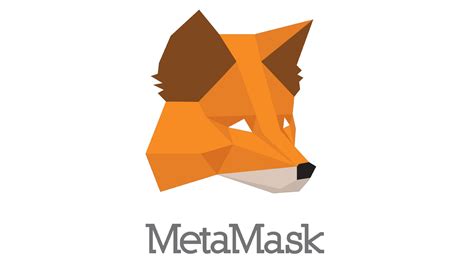Understanding the Metamask Transaction Lifecycle: A Step-by-Step Guide
Metamask is a popular virtual wallet and decentralized application (dApp) platform that allows users to interact with various Ethereum-compatible applications without having to worry about the complexities of transaction verification. However, when sending money from one address to another using Metamask, there are many transactions happening behind the scenes, which can be overwhelming for new users. In this article, we break down the Metamask transaction lifecycle and explain what happens during each step.
1. Step 2: Create a Transaction
When you click the “Send” button in your MetaMask wallet, a new transaction is created to send funds from address A to address B. Here’s what happens:
- The transaction is initiated by the MetaMask application, which sends a request to the Ethereum network (Ethereum.org) for a new transaction.
- The EVM (Ethereum Virtual Machine) creates a new transaction and generates a unique identifier known as a “Transaction ID.”
- A transaction structure is created, including the sender address, recipient address, gas limit, gas price, and other relevant information.
2. Step 2: Calculate the gas price
Before sending a transaction, MetaMask calculates the optimal gas price to use for the transaction. This is done by taking into account factors such as:
- Transaction complexity (e.g. using complex contract functions or calling external libraries)
- Number of gas units required to execute the transaction
- Estimated gas prices on the Ethereum network
MetaMask uses a smart contract called “gasPriceEstimator” to estimate the optimal gas price. This contract takes into account a number of factors, including:
- User’s MetaMask balance (to ensure sufficient funds for the transaction)
- Sender and recipient addresses (to minimize gas costs)
- Transaction structure and complexity
3. Step 2: Pay for gas
After estimating the gas price, MetaMask will request a gas payment from your MetaMask account. This includes:
- Sending a request to the Ethereum network to pay the gas price
- Using gas prices calculated by
gasPriceEstimatoras the basis for payment
4. Step 2: Verify the transaction
After paying the gas price, the transaction is verified and executed on the Ethereum network:
- The EVM checks the transaction structure and ensures that it complies with the specified rules
- The transaction is broadcast to the network for validation and confirmation
- If the transaction passes verification, it is added to the blockchain and a “block” is created.
5. Step 2: Create a block

When multiple transactions are combined into a single block, the system merges them and creates a new block. This process is called “block merging”.
6. Step: Transaction Settlement
Once the block is created, it is sent to the Ethereum network for verification and settlement:
- The EVM checks the contents of the block and ensures that everything is correct
- The transaction is verified again on the network (if applicable)
- After verification, the block is added to the blockchain
7. Step: Confirmation
The final step in the Metamask transaction lifecycle is confirmation. It is located here:
- If the sender has sufficient funds, a “confirmation” message will be returned by MetaMask indicating that the transaction has been processed successfully.
- The transaction is marked as completed and added to the blockchain
In short, when you send 1 ETH from address A to address B using Metamask, several transactions occur behind the scenes. From the creation of the initial transaction request to verification and settlement on the blockchain, each step plays a crucial role in the smooth execution of the transaction.
Keep in mind that this is a simplified explanation of the Metamask transaction lifecycle.

